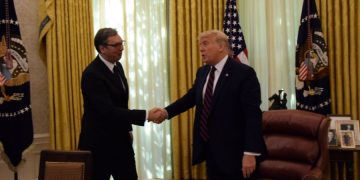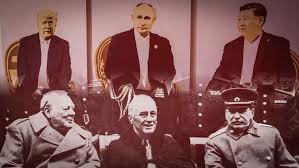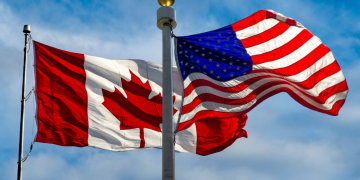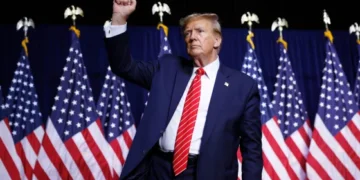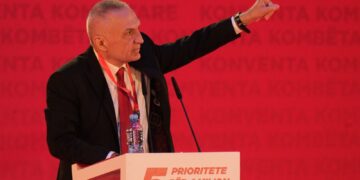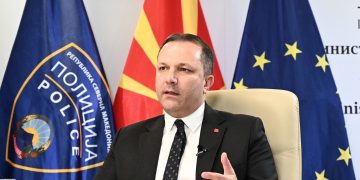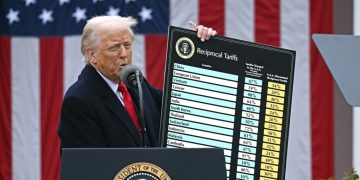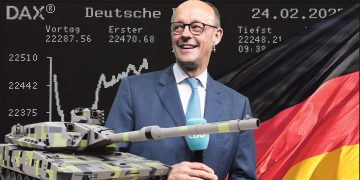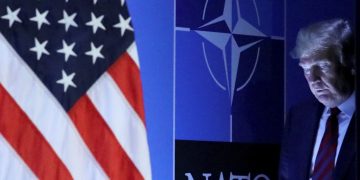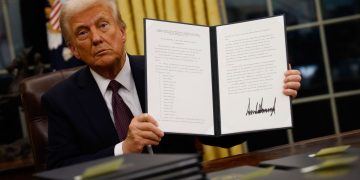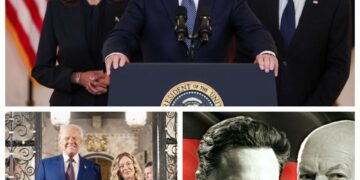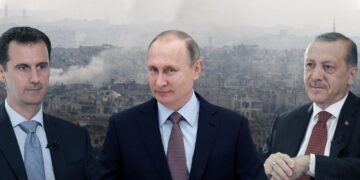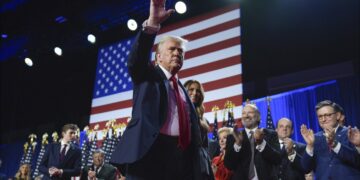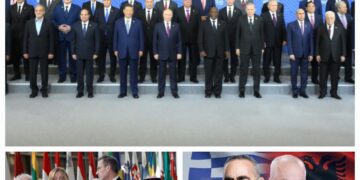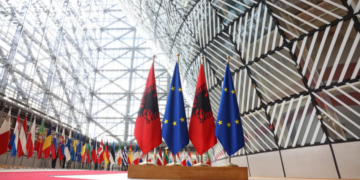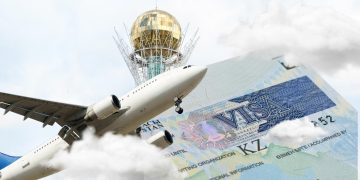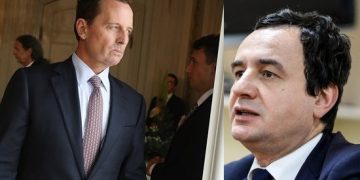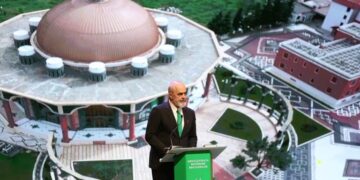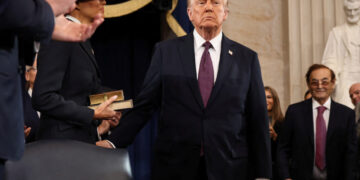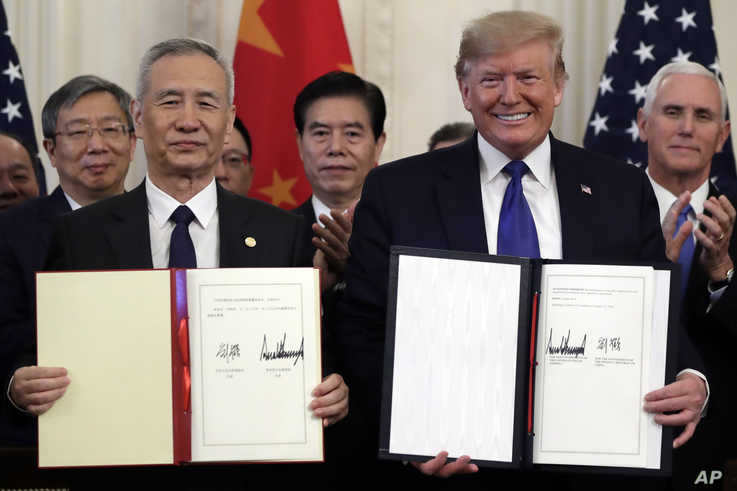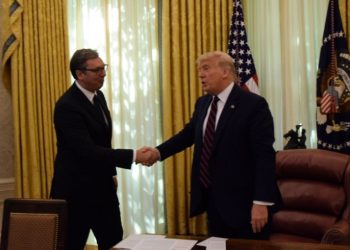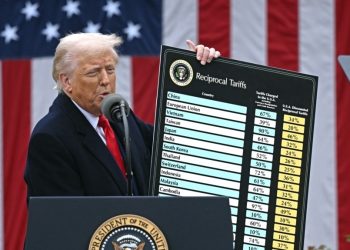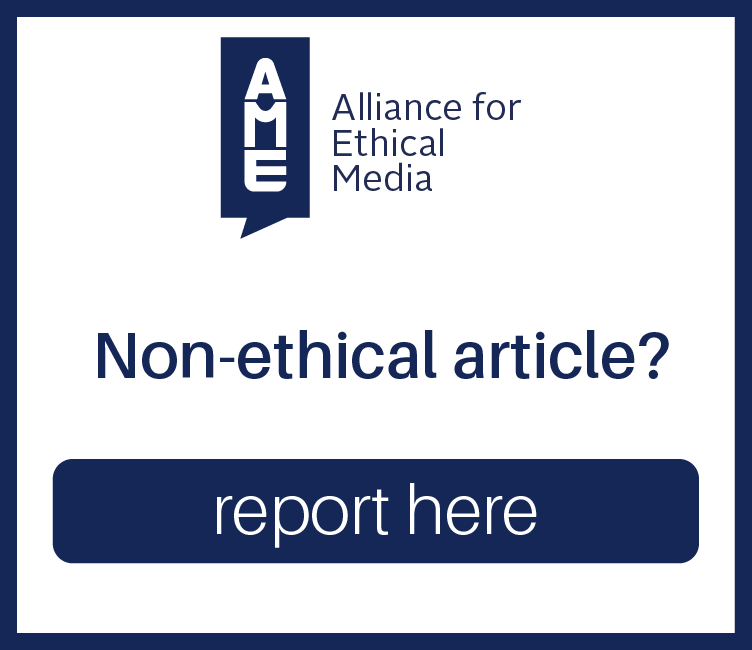Declaring “it doesn’t get any bigger than this,” President Donald Trump, alongside Chinese Vice Premier Liu He, signed an initial deal to resolve what had been an escalating 18-month trade dispute between the world’s two largest economies. “
This is the biggest deal anybody’s ever seen,” declared Trump, who predicted it will lead to “stable peace throughout the world.”
At Wednesday’s lengthy ceremony in the White House East Room, Vice Premier Liu He read a letter from Chinese President Xi Jinping, which said “in the next step the two sides need to implement the agreement in earnest.”
Liu, in his own remarks, noted there were setbacks during the process, but negotiators for both countries did not give up.
The United States and China agreed to what they are calling the Phase 1 agreement in mid-December. It calls for China to boost its purchases of U.S. goods, halt the practice of forcing foreign companies to transfer technology, and to not manipulate its currency in order to makes its exports cheaper.
“
We have a very strong standard for currency devaluation,” said Trump.
The second phase of discussions are to begin quickly and there will not be a third phase, according to the U.S. president.
Trump said China will import $200 billion worth of additional American products and services over the next two years — $50 billion of that in the agricultural sector.
Xi, in his letter, put the agricultural figure at $40 billion.
According to the text of the agreement, China pledges to buy more than $12.5 billion in U.S. agricultural products in the first year, and $19.5 billion in the second year, with the timing of purchases subject to market conditions.
In his letter to Trump, the Chinese president also called for the United States to treat fairly Chinese companies.
Washington already has removed its designation of Beijing as a currency manipulator. Under the deal, it is halting plans to add new tariffs on billions of dollars’ worth of Chinese goods, while cutting in half tariffs on about $110 billion of Chinese products.
U.S. tariffs will remain in place on about $360 billion of imports from China.
The tough tariffs hurt China economically and brought the Chinese to the negotiating table, National Economic Council Director Larry Kudlow told reporters on Wednesday. “This is an indisputable win for our country and a momentous day in the U.S.–China economic relationship,” according to National Association of Manufacturers President and CEO Jay Timmons.
What’s in the deal?
Members of the opposition Democratic Party are among those criticizing the deal as weak for U.S. interests. “
True to form, Trump is getting precious little in return for the significant pain and uncertainty he has imposed on our economy, farmers and works,” said former Vice President Joe Biden, a leading candidate for his party’s nomination to challenge Trump for the presidency in November. “The deal won’t actually resolve the real issues at the heart of the dispute.”
The first phase of the agreement, which is to go into effect in 30 days, does not address China’s subsidies to state-owned companies, an issue likely to be discussed in the next phase of talks.
U.S. Trade Representative Robert Lighthizer called those subsidies a big problem that is partly offset by the continuing tariffs. “
I think both sides are reasonably happy with this compromise, even though it doesn’t really tackle the core issues,” Edward Alden, a senior fellow at the Council on Foreign Relations, told VOA.
Alden said the deal amounts to a “modest win-win for both sides,” with China gaining a reprieve from the trade war that has harmed its economic growth, and the Trump administration getting to set aside a major issue until after his re-election campaign.
Trump signed the deal with China just minutes before the House voted to send articles impeaching him to the Senate, which is to hold a trial on whether to remove the president from office.


